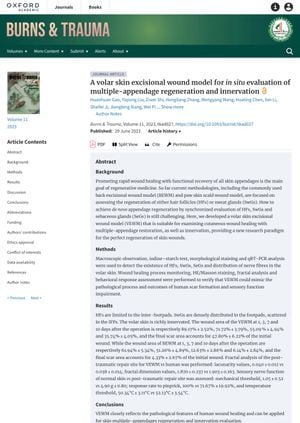TLDR The study concluded that the new wound model can be used to evaluate skin regeneration and nerve growth.
The study developed a volar skin excisional wound model (VEWM) using 40 C57BL/6 mice to examine cutaneous wound healing, multiple-appendage restoration, and innervation. The VEWM closely mimics the healing process of human wounds, with wound areas at 1, 3, 7, and 10 days after operation being 89.17%, 71.72%, 55.09%, and 35.74% respectively, and the final scar area accounting for 47.80% of the initial wound. The volar skin of the mice, richly innervated and comprising hair follicles, sebaceous glands, and sweat glands, was studied. Hair growth was limited to the inter-footpad area, with 67.23 hairs on average. The number of sweat glands in footpads and inter-footpads was 77.25 and 3.95 respectively. The study concluded that the VEWM can be used for skin multiple-appendages regeneration and innervation evaluation.
8 citations
,
August 2022 in “BMC Veterinary Research” C57BL/6 mice and SD rats have different sweat gland and hair follicle patterns, useful for skin research.
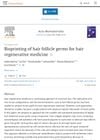 16 citations
,
June 2022 in “Acta biomaterialia”
16 citations
,
June 2022 in “Acta biomaterialia” The study developed a new way to create hair-growing tissue that can help regenerate hair follicles and control hair growth direction.
3 citations
,
January 2022 in “Burns & Trauma” CTHRC1 helps sweat glands recover by rebuilding nearby blood vessels.
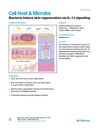 53 citations
,
April 2021 in “Cell Host & Microbe”
53 citations
,
April 2021 in “Cell Host & Microbe” Skin bacteria, specifically Staphylococcus aureus, help in wound healing and hair growth by using IL-1β signaling. Using antibiotics on skin wounds can slow down this natural healing process.
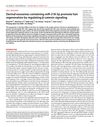 65 citations
,
July 2020 in “Science Advances”
65 citations
,
July 2020 in “Science Advances” Dermal exosomes with miR-218-5p boost hair growth by controlling β-catenin signaling.
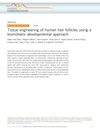 184 citations
,
December 2018 in “Nature Communications”
184 citations
,
December 2018 in “Nature Communications” Researchers created human hair follicles using a new method that could help treat hair loss.
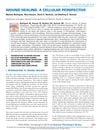 1160 citations
,
November 2018 in “Physiological Reviews”
1160 citations
,
November 2018 in “Physiological Reviews” The document concludes that better targeted treatments are needed for wound healing, and single-cell technologies may improve cell-based therapies.
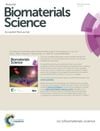 84 citations
,
January 2018 in “Biomaterials Science”
84 citations
,
January 2018 in “Biomaterials Science” Sericin hydrogels heal skin wounds well, regrowing hair and glands with less scarring.
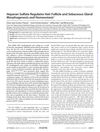 42 citations
,
July 2014 in “Journal of biological chemistry/The Journal of biological chemistry”
42 citations
,
July 2014 in “Journal of biological chemistry/The Journal of biological chemistry” Heparan sulfate is important for hair growth, preventing new hair formation in mature skin, and controlling oil gland development.
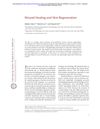 359 citations
,
January 2015 in “Cold Spring Harbor Perspectives in Medicine”
359 citations
,
January 2015 in “Cold Spring Harbor Perspectives in Medicine” Hair growth phase and certain genes can speed up wound healing, while an inflammatory mediator can slow down new hair growth after a wound. Understanding these factors can improve tissue regeneration during wound healing.
